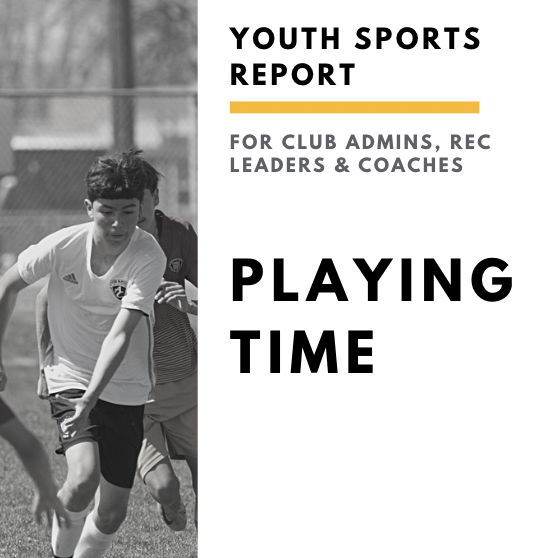Get our exclusive report. Download the iSport360 Club Switching Report Here – For Club Admins, Rec Leaders and Coaches.
Eyes Wide Open: Opioid Addiction in Youth Athletes
Ina Sherman is a Certified Alcohol and Drug Counselor and wrote this article following last week’s TODAY show report “From Athlete to Addict”.
Click here to see how iSport360 is helping coaches and parents share objective feedback on their players.
There is no question that youth sport participation plays a positive role in the physical, psychological and social development of our kids. But there is a growing epidemic in our nation that is threatening our families – and sports parents need to pay attention. Opioid use is definitely on the rise in many of our communities – we have all been inundated with news stories about addiction and overdoses. Since 2009, deaths due to opioid use surpassed the number of deaths caused by automobile accidents each year. And the “gateway” drug is no longer marijuana or alcohol. We are finding that the way into this problem, even heroin use and addiction, is most often through the use of opioids.
 The Center for Disease Control has found that the number of prescriptions for pain medication has increased 300% in the last 13 years. And these drugs are often prescribed, even to our children, for injuries – particularly as a result of participation in high contact sports. So when medication such as Norco or Vicodin is given to our kids – that use should be closely monitored by both physicians and parents to avoid misuse or abuse. Parents need to keep these medications in a safe place to prevent hoarding for future use or from sharing with friends who haven’t been medically advised to take them. In the same way that we lock liquor cabinets, or safely store our own medication – we should be equally vigilant with regard to these pills.
The Center for Disease Control has found that the number of prescriptions for pain medication has increased 300% in the last 13 years. And these drugs are often prescribed, even to our children, for injuries – particularly as a result of participation in high contact sports. So when medication such as Norco or Vicodin is given to our kids – that use should be closely monitored by both physicians and parents to avoid misuse or abuse. Parents need to keep these medications in a safe place to prevent hoarding for future use or from sharing with friends who haven’t been medically advised to take them. In the same way that we lock liquor cabinets, or safely store our own medication – we should be equally vigilant with regard to these pills.
Our young athletes are sometimes so anxious to get back to the game that if they are holding their own meds – they might either use more medication than prescribed in order to get back on the roster or use it longer than advised in order to stay in the action. Both of these strategies can create more serious injuries in the future and even dependence on the drug before anyone is really aware of it. So with an eye to their continued participation and success, we must learn more about addictive pain medication – and remember that we have to be both advocates for appropriate care, and gatekeepers to protect the well-being of our young athletes.
Ina Sherman is a Certified Alcohol and Drug Counselor and wrote this article following last week’s TODAY show report “From Athlete to Addict”.
Learn more or request a demo of our youth sports software that is helping teams improve communication, organization and player development.
December 13, 2016





